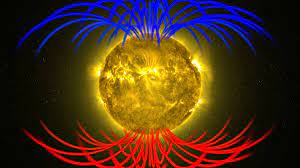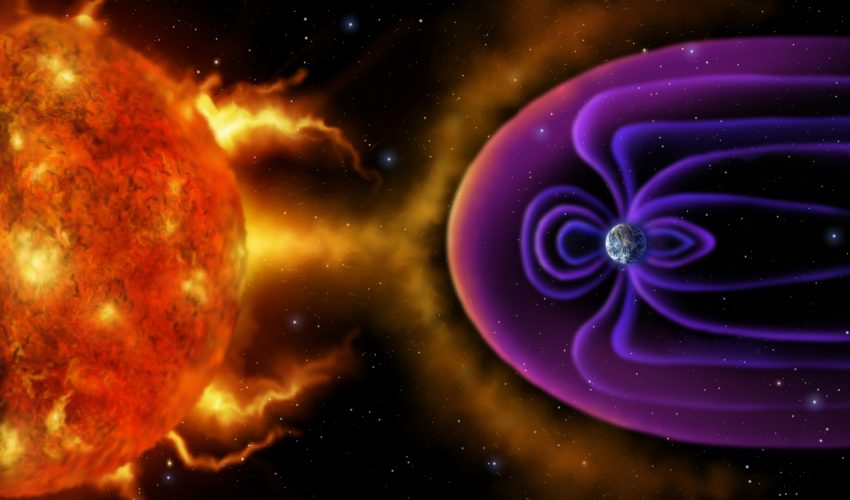The Sun’s Magnetic Pole Reversal: A Spectacle Not to Fear
As we progress through 2024, an astronomical phenomenon is capturing the attention of scientists and sky enthusiasts alike: the Sun is on the verge of a magnetic pole reversal. This event, although sounding ominous, is a natural occurrence in the life cycle of our star. Unlike Earth, where pole reversals happen once every few hundred thousand years, the Sun experiences this change approximately every 11 years. With the last reversal occurring in 2013, we are due for the next one this year.
Understanding the Sun’s Magnetic Pole Reversal
The Sun, much like Earth, has magnetic north and south poles. The process of pole reversal involves the weakening of the polar magnetic fields to the point of zero, before emerging again with opposite polarity. This means the magnetic north will become the south and vice versa. This phenomenon is a regular part of the solar cycle and is not as daunting as it might seem.
Read Also : Many World Interpretation
The Impact Of Sun’s magnetic pole reversal on Earth
The period leading up to the Sun’s magnetic pole reversal is marked by intense magnetic activity on the Sun, making it more active than it has been in over a decade. This activity includes solar flares and mass ejections, collectively known as solar storms. These storms hurl charged matter across the solar system at incredible speeds, reaching Earth in about three days.
Read more: Know About Biological Clock
Earth’s magnetic field usually acts as a protective shield, deflecting these charged particles. However, in rare instances, a particularly strong solar storm can breach this defense, potentially disrupting communication satellites, GPS, and even electrical grids on the ground. Such events have occurred in the past, like the Carrington Event of 1859, but they are exceedingly rare.
No Cause for Alarm
Despite the potential for disruption, the upcoming sun’s magnetic pole reversal and the associated increase in solar activity should not be a cause for alarm. The benefits and opportunities provided by this event far outweigh the negatives. For one, the heightened solar activity brings with it the chance to witness more vivid auroras, making this year an ideal time for viewing the northern lights, which are expected to be more spectacular than they have been in at least a decade.
Moreover, this period allows scientists to delve deeper into understanding the Sun’s mechanics and its effects on space weather. This knowledge is crucial for better predicting future solar storms and mitigating their potential impact on Earth’s technological infrastructure.
Read Also: Mysterious Places in Wb
Conclusion
While the thought of the Sun “flipping out” might seem terrifying at first glance, it’s a natural and regular part of our star’s life cycle. The upcoming magnetic pole reversal is an event of epic proportions, but it’s one that brings more fascination than fear. It offers a unique opportunity for scientific study and provides a spectacular show in the form of enhanced auroras. So, instead of worrying, let’s embrace this cosmic spectacle and look forward to the discoveries and natural wonders it will bring.
As we continue to monitor the Sun’s magnetic pole reversal activity, remember that these celestial events are a reminder of the dynamic and ever-changing universe we inhabit. Far from being a cause for concern, they enrich our understanding of the cosmos and our place within it.






